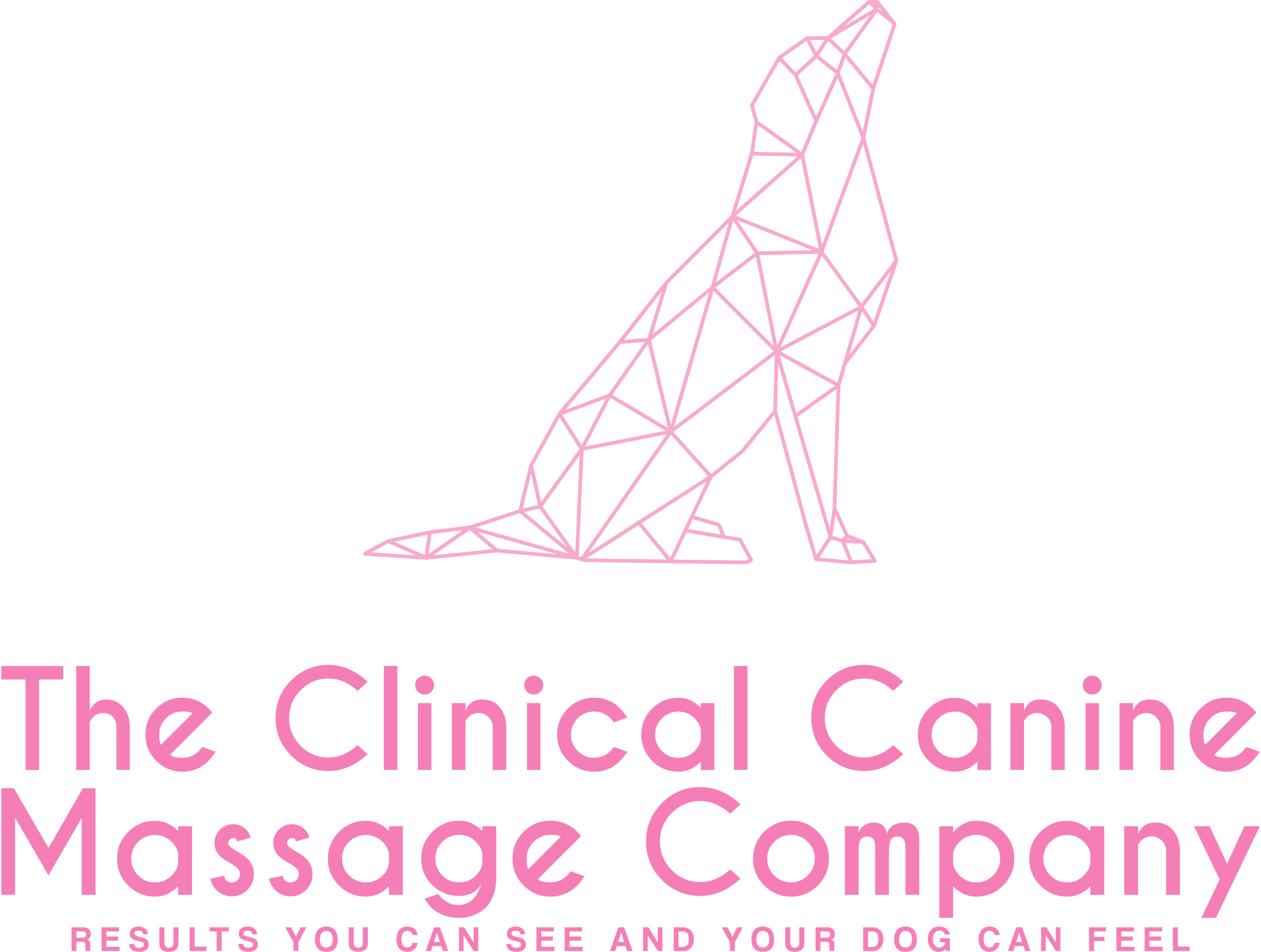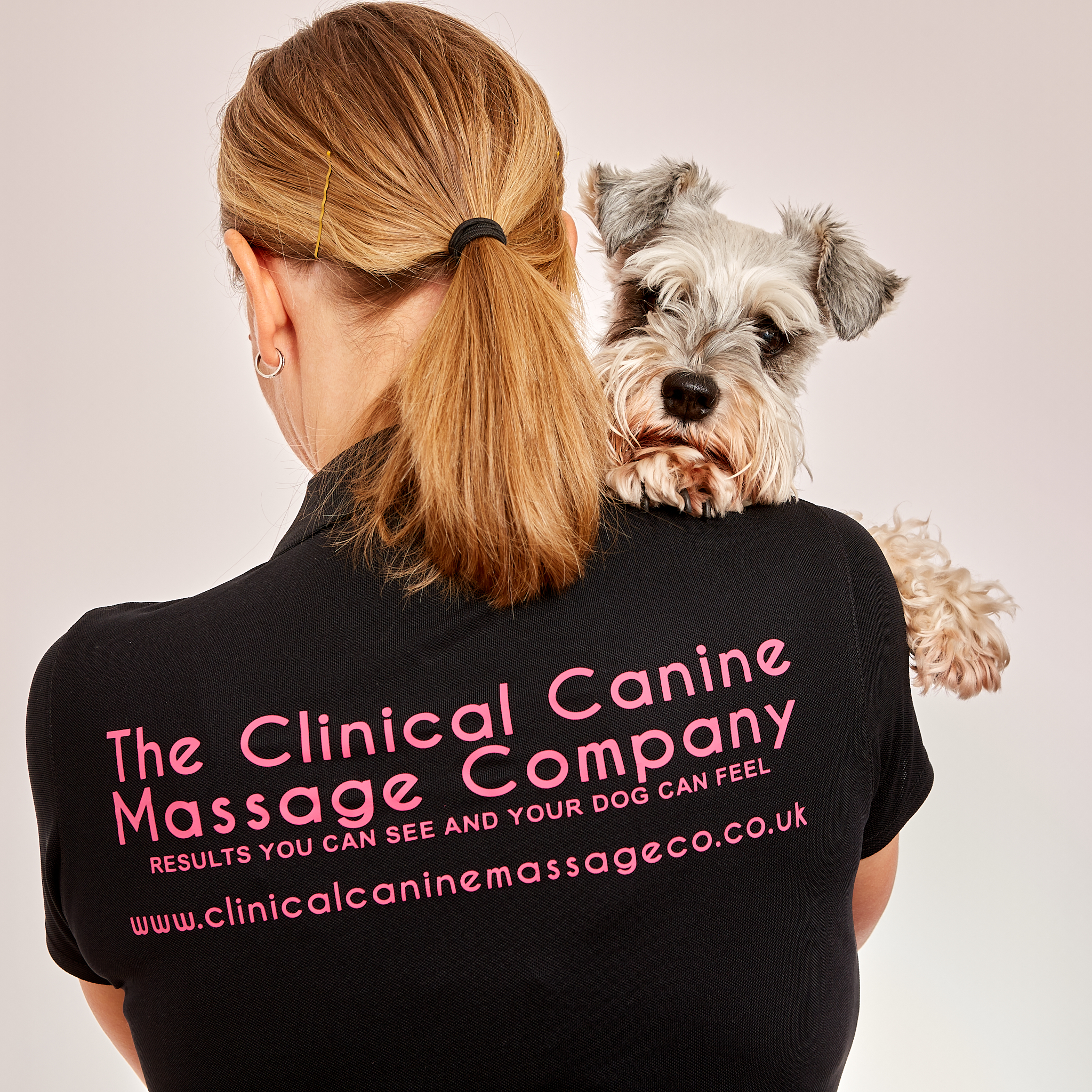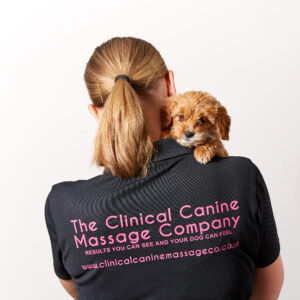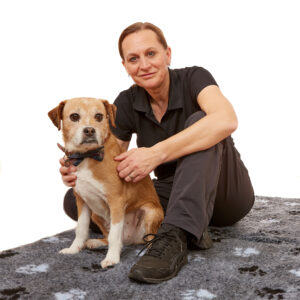There are nearly 13 million dogs living in the UK, which is a 12% increase since ‘Lockdown’. Our four-legged friends are very much part of the family, and there is often nothing we wouldn’t do for them to ensure that they live their very ‘best’ lives.
Before becoming a ‘dog mum’ some 25 years ago, I wasn’t quite sure how I might get on living with a dog. But from the time my first dog ‘Jamie’ set foot in my home, I couldn’t imagine living life without one.
About 9 years ago, one of my dogs, Tilly, developed some challenging health problems. I started researching massage because I wanted to offer her some respite and distraction from her health condition, and it was something I thought she might enjoy. I found a ‘Beginner’s Guide to Canine Massage’ workshop through the Canine Massage Therapy Centre – https://www.k9-massage.co.uk. This one-day workshop taught me how to complete a full body Swedish massage on my own dog.
There is no such thing as a placebo effect for dogs. They either benefit, or they don’t, and it was clear to me that Tilly had certainly benefitted from massage both mentally and physically. I couldn’t believe how receptive she had been. I was so excited about the health benefits of massage for dogs, I took the plunge and enrolled for the 2-year Clinical Canine Massage Practitioner Program, changed my career, and became a Clinical Canine Massage Therapist.
How does Massage Work?
To be able to function effectively, muscles need oxygen and nutrients. It’s our blood circulatory system which transports oxygen, nutrients, and hormones around our body. Exercise and movement increase our heart rate, which in turn increases blood flow around the body, but following injury or surgery, we are often unable to exercise properly. Massage mechanically increases blood flow around the body, so if your dog is on enforced crate rest following injury or surgery, massage can aid the recovery process.
Massage also promotes stimulation of the lymphatic system. The lymphatic system drains fluid from tissues in the body and returns it to the bloodstream. It also removes toxins from the body and absorbs fats and vitamins from the digestive system and transports them to the bloodstream which promotes cell growth. Stimulating the lymphatic system can help to reduce swelling and promotes faster recovery.
Massage also stimulates the parasympathetic nervous system which brings the body into a state of calm and relaxation and promotes homeostasis. It also releases endorphins which can help to relieve pain, stress, and improve our sense of wellbeing, as well as stimulating the muscles of our digestive system.
How can Massage Benefit my Dog?
So how does the science of massage translate for your dog? Because massage helps to move blood and lymph mechanically around the body, it brings oxygen and nutrients to injury sites and helps to remove toxins, thus speeding up the recovery process. It can also help to restore your dog’s mobility, as massage helps to break down scar tissue, which can restrict movement. So, massage is a great way to complement conventional veterinary treatment to speed up recovery from soft tissue injuries and surgery.
Massage is also a natural form of pain relief and helps to relax tight muscles which can cause painful trigger points. By increasing blood flow and improving mobility, it can help to support chronic orthopaedic conditions like hip and elbow dysplasia, Osteoarthritis, Spondylosis, Luxating Patella or Cruciate Ligament Disease and can address overcompensation issues.
Since massage stimulates the parasympathetic nervous system, it is also a wonderful way to calm an anxious dog.
But don’t take my word for it. The Canine Massage Guild, in conjunction with Winchester University have just undertaken the world’s first clinical trials on Canine Massage.
What can I expect from a Canine Massage?
When treated by a Canine Massage Guild therapist, your dog will receive an in-depth consultation prior to treatment which will include a gait and posture analysis and a full muscular health check to help formulate an individual treatment plan to suit their needs. Following a 40-to-50-minute massage treatment, dependent on the size of your dog, you will be given advice on aftercare.
Prior to treatment, clients will need to obtain written consent from their vet in accordance with The Veterinary Surgery (Exemptions) Order 2015, which stipulates that manipulative therapies such as chiropractic, physiotherapy or massage therapies can only be carried out under the direction and referral of a vet. This ensures that we have all the necessary information regarding your dog’s medical history prior to treatment. A full Veterinary Report will be completed and forwarded to your vet following treatment.




